
Kajaani Castle
Removed from Unnamed collection



+ 4



Source: Alex, Diatomic Tours Images may be subject to copyright. Learn More
Nestled on the enchanting Ämmäkoski island in the heart of Kajaani, Finland, lies the historic Kajaani Castle. Constructed in the 17th century, this castle served as a governing hub, a prison, and a sanctuary for locals during turbulent times. One of its most notable prisoners was the historian Johannes Messenius, who endured its harsh conditions from 1616 to 1635.
The castle's construction began in 1604 and wrapped up by 1619. Initially, it featured a stone wall, two round towers, and wooden structures within its courtyard. The second phase of its development was spearheaded by Count Peter Brahe in the 1650s and concluded in 1666. This expansion saw the replacement of many wooden buildings with stone, transforming the castle into a formidable fortress.
During the "Greater Wrath," Russian forces laid siege to the castle for months. Upon its surrender, they demolished much of the fortress and took the inhabitants to Russia as prisoners. Kajaani Castle holds the distinction of being one of the smallest and northernmost stone castles in the world. Today, the ruins of Kajaani Castle offer a fascinating glimpse into Finland's past. Visitors can wander through the remnants, imagining the stories of resilience and conflict that echo through its stones. The surrounding area, with its picturesque river views and serene atmosphere, makes it a perfect spot for history enthusiasts and nature lovers alike. You may also be interested:
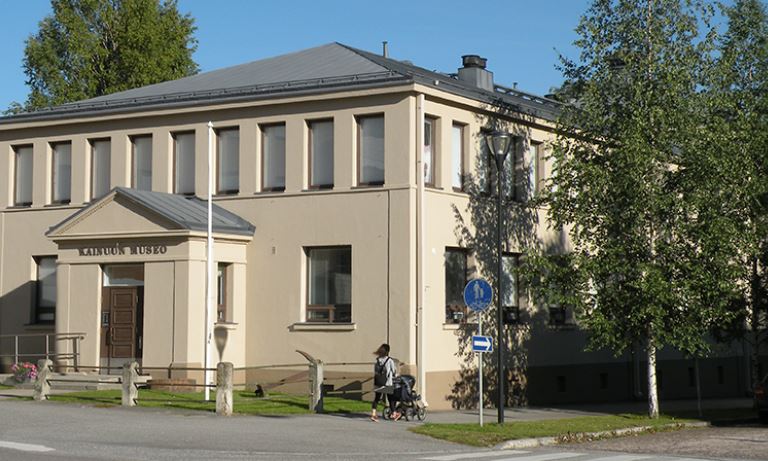
Removed from Unnamed collection
Kainuu Museum 
Kainuu Museum serves as the heartbeat of the Kainuu region’s cultural and historical narrative. Nestled in this charming Finnish locale, the museum offers an eclectic mix of exhibitions that capture both international influences and the unique local
Map
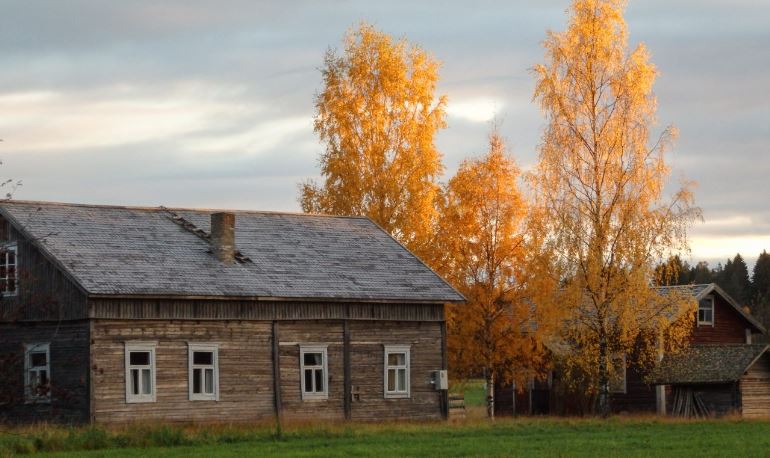
Removed from Unnamed collection
Riihipiha Museum 
Nestled in Vuolijoki, you'll find the fascinating Riihipiha Museum, a treasure trove of history. This private museum features a stunning collection of buildings, each painstakingly relocated to preserve the essence of the Kainuu region's old courtyar
Map
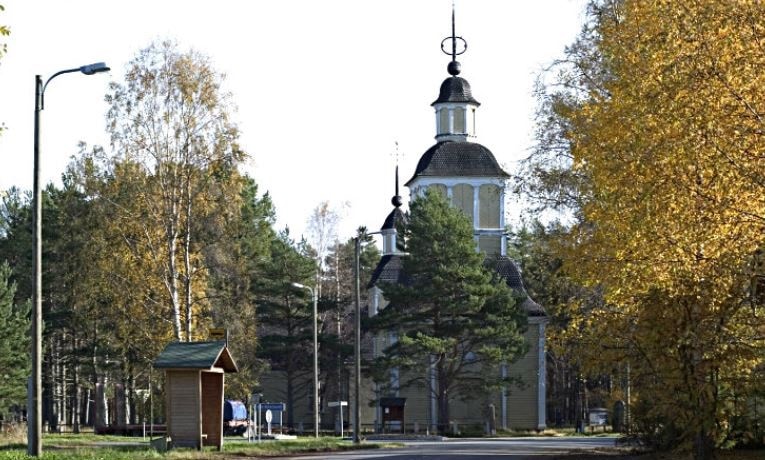
Removed from Unnamed collection
Paltaniemi Church 
Nestled in the quaint village of Paltaniemi, the Paltaniemi Church of Paintings is a remarkable piece of history and artistry, dating back to 1726. This charming wooden church has witnessed centuries of stories, including the tumultuous times when an
Map
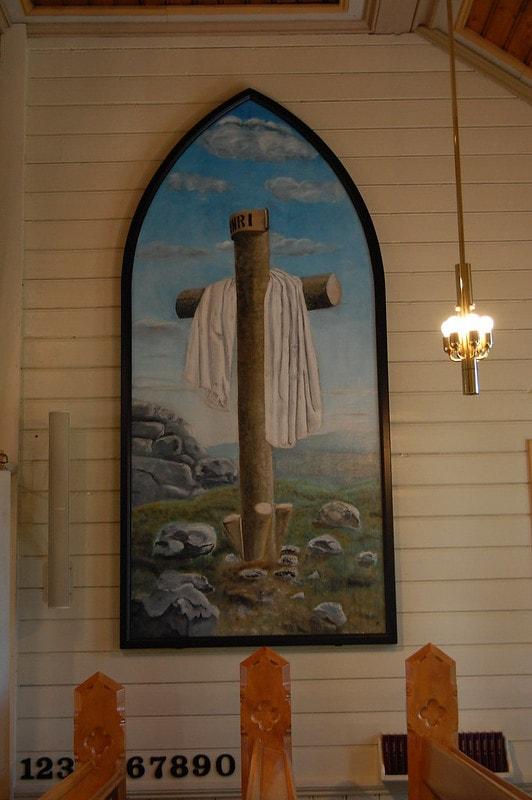
Removed from Unnamed collection
Kajaani Lutheran Church 
Nestled in the heart of Kajaani, the Evangelical Lutheran Church is a masterpiece of Neo-Gothic architecture from 1897. This wooden marvel, crafted with incredible detail, was the brainchild of Jacob Ahrenberg. The church's interior showcases the so-
Map

Removed from Unnamed collection
Kajaani Art Museum 
Kajaani Art Museum first welcomed visitors in April 1993, and what a gem it is. Housed in the former police station, this building was designed by the architect Eino Pitkänen and completed in 1936. It stands as a pristine example of functionalist sty
Map

Removed from Unnamed collection
Rokua Geopark 
Adventure seekers and those yearning for tranquility alike will find their paradise at Rokua Geopark. This stunning area, shaped by the last ice age, offers an unspoiled natural landscape that is nothing short of breathtaking. As part of the UNESCO-s
Map
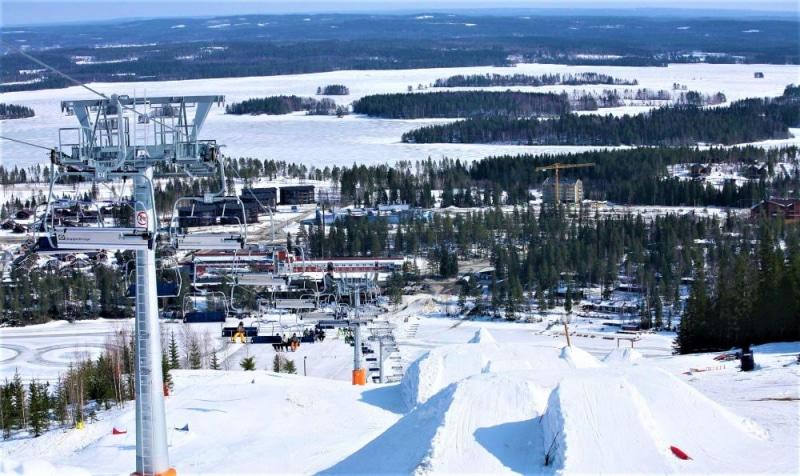
Removed from Unnamed collection
Tahko Ski Resort 
Tahko is a skier's paradise with 23 slopes beckoning adventure seekers. The largest slopes stretch up to 1200 meters in length and soar 200 meters high. For those who crave speed, there are slopes tailored for active skiers, while kids and beginners
Map
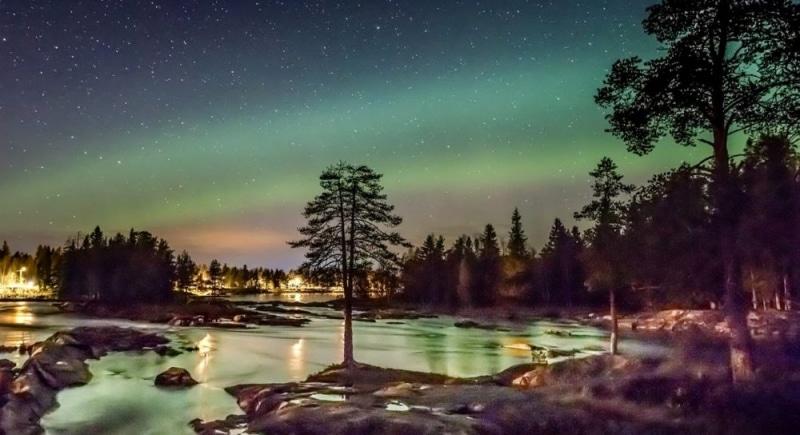
Removed from Unnamed collection
Koitelinkoski 
Koitelinkoski is a treasure trove for nature enthusiasts, whether you're a local day-tripper or a curious tourist. Nestled in the heart of lush forested hills and abundant greenery, this region offers a slice of paradise for those eager to fish, cano
Map
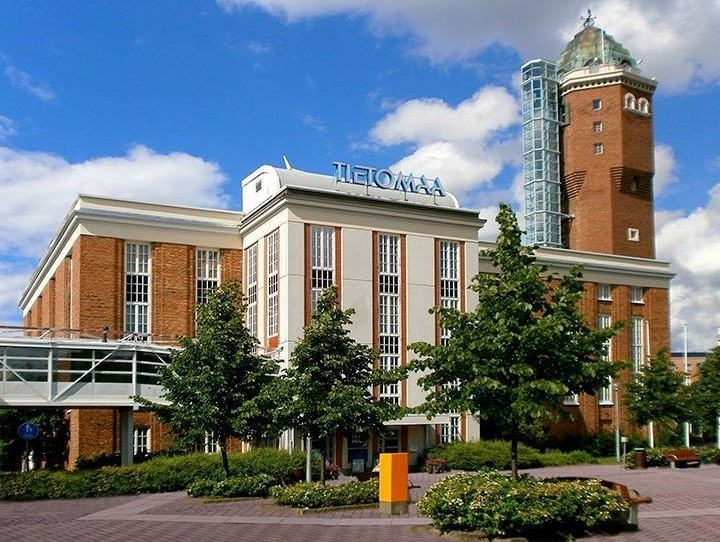
Removed from Unnamed collection
Tietomaa Science Centre 
Science Centre Tietomaa has been delighting visitors with memorable experiences since 1988. As Finland's first science center, it's the ultimate spot for learning, having fun, challenging both your brain and body, or just spending some quality time i
Map
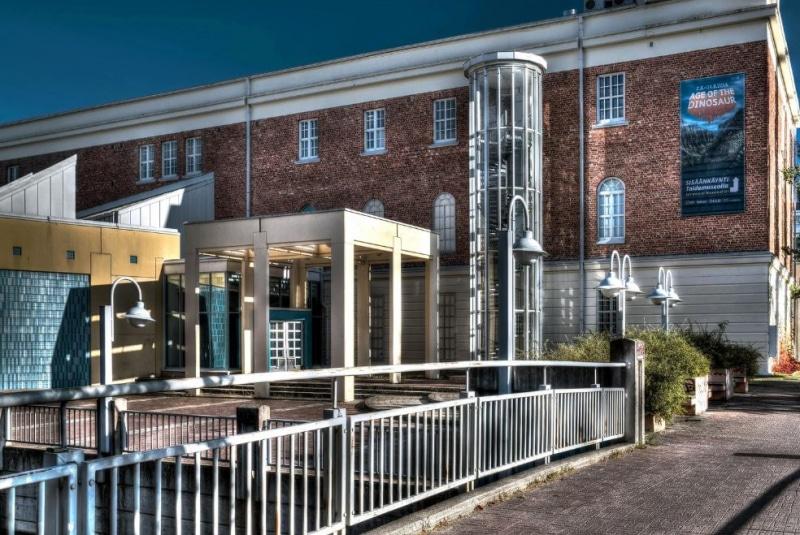
Removed from Unnamed collection
Oulu Museum of Art 
Nestled in the charming city of Oulu, the Oulu Museum of Art is a treasure trove of contemporary creativity and local flair. As you wander through its ever-evolving exhibitions, you'll find a delightful mix of cutting-edge art and nods to the area's
Map

Removed from Unnamed collection
Northern Ostrobothnia Museum 
The Northern Ostrobothnia Museum, known as Pohjois-Pohjanmaan Museo to the locals, is a hidden gem that has been captivating visitors since 1896. Originally founded by the Museum Society, this cultural treasure was generously gifted to the City of Ou
Map
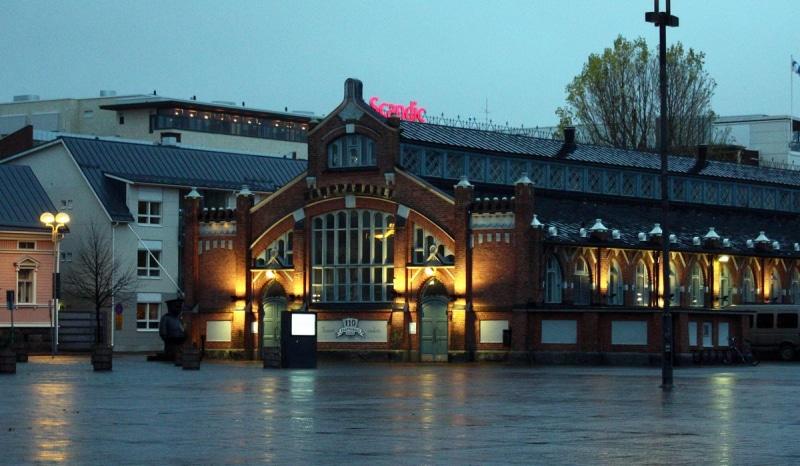
Removed from Unnamed collection
Oulu Market Hall 
Upon arriving at the Market Square, you'll be greeted by the friendly presence of the local Toripolliisi, a charming Market Square policeman statue that has become an icon of the area. The square bustles with life and offers an array of experiences.
Map

Removed from Unnamed collection
Puijo and Puijo Tower 
Puijo Hill stands proudly as the iconic landmark of Kuopio, offering a breathtaking retreat right in the city's backyard. This 150-meter high hill features an observation tower at its peak, just a stone's throw from Kuopio's bustling city center. The
Map

Removed from Unnamed collection
The Orthodox Church Museum of Finland 
Nestled in the charming city of Kuopio, the Orthodox Church Museum has been a treasure trove of history since its establishment in 1957. Its roots trace back to the Collection of Ancient Objects, which originated at the Monastery of Valamo in 1911. T
Map

Removed from Unnamed collection
Kuopio Automobile Museum 
Nestled on Puistokatu 22, the Kuopio Automobile Museum is a hidden gem for motorheads and curious tourists alike. Positioned conveniently next to the local swimming and bowling halls, it offers a delightful pit stop on your Finnish adventure. The mus
Map

Removed from Unnamed collection
Kuopio Cultural History Museum 
Nestled in an over 100-year-old building, Kuopio is home to two remarkable museums: the Kuopio Cultural History Museum and the Kuopio Natural History Museum. From the mysterious woolly mammoth to the charming black cottage, these museums are a treasu
Map
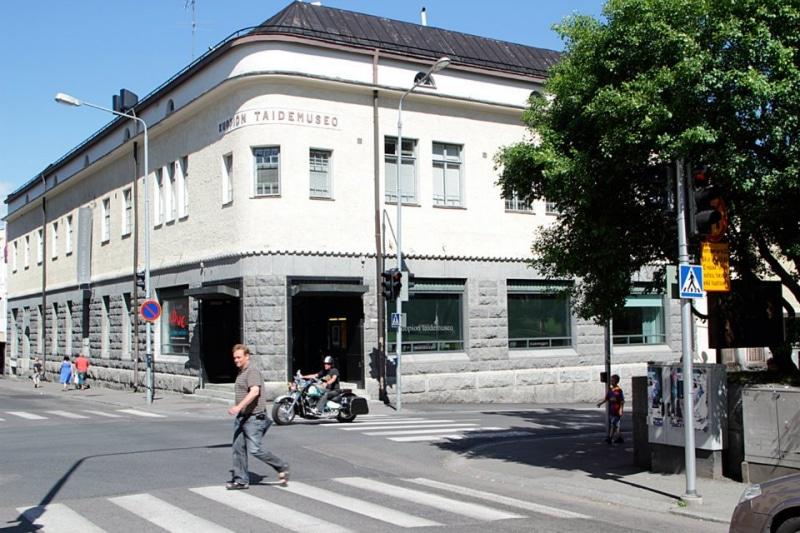
Removed from Unnamed collection
Kuopio Art Museum 
Nestled in the heart of Kuopio, the Kuopio Art Museum is a hidden gem in a former bank building, which was transformed into a museum in 1980. Serving as the regional art haven for Northern Savo Province, the museum is a treasure trove of exhibitions,
Map
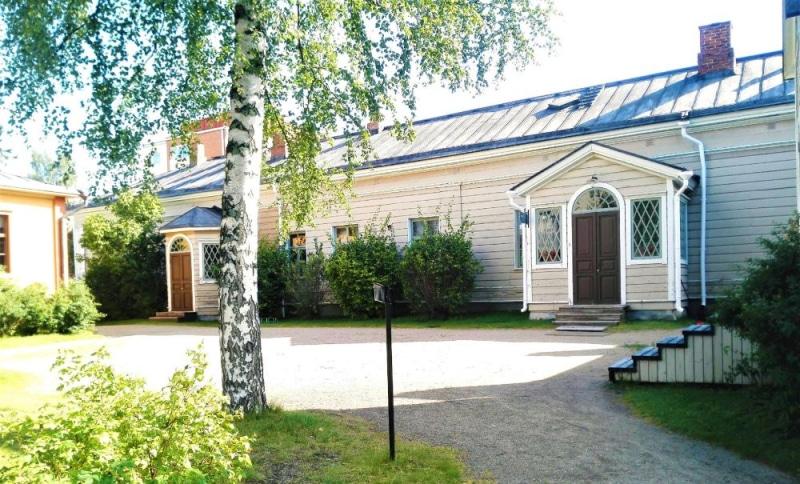
Removed from Unnamed collection
Kuopio Old Town Museum 
Imagine stepping back in time as you wander through the charming Old Kuopio Museum in Finland. This quaint collection of eleven historic wooden houses creates an enclosed block that feels like a window to the past. Some of these buildings date all th
Map

Removed from Unnamed collection
Kierikki Stone Age Centre 
If you're itching for a trip through time, the Kierikki Stone Age Centre in Finland is calling your name! This fascinating spot lets you step right into a Stone Age Village nestled on the banks of the River Ii, where you can get a real sense of what
Map
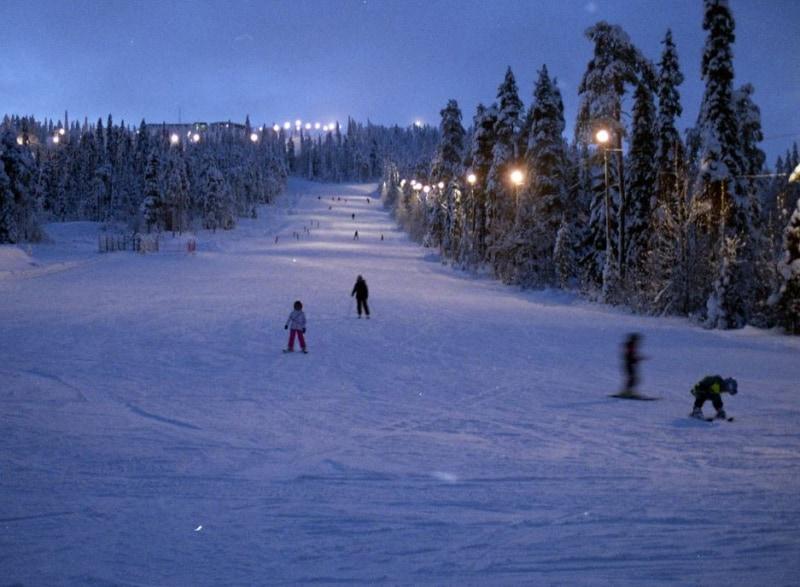
Removed from Unnamed collection
Iso-Syote 
Syöte, nestled in Finland's southernmost fell region, is a delightful destination that families absolutely adore. It's renowned for its two fantastic downhill skiing slopes. Iso-Syöte was even crowned Ski Center of the Year in 2012, while Pikku-Syöte
Map
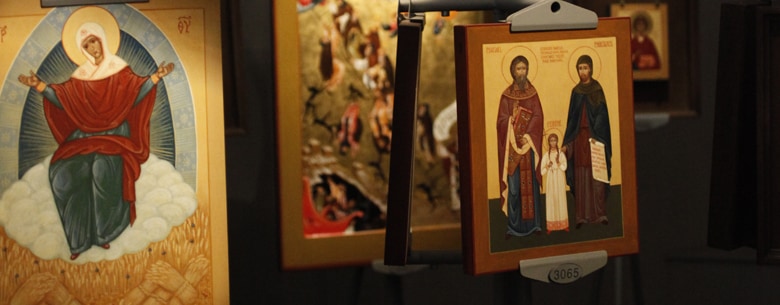
Removed from Unnamed collection
Joensuu Art Museum 
Joensuu Art Museum, nestled right in the heart of the town center close to the bustling market square, is a must-visit for art lovers. It offers a delightful mix of both permanent and temporary exhibitions, showcasing a diverse range of Finnish and i
Map
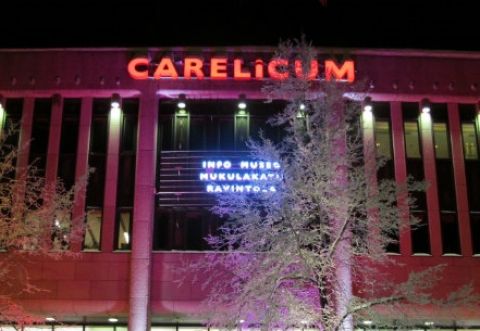
Removed from Unnamed collection
The North Karelian Museum 
In North Karelia, the museum offers two types of exhibitions that are sure to pique your interest. The permanent exhibitions provide a fascinating glimpse into local history and folk traditions, showcasing the region's rich cultural heritage. Meanwhi
Map
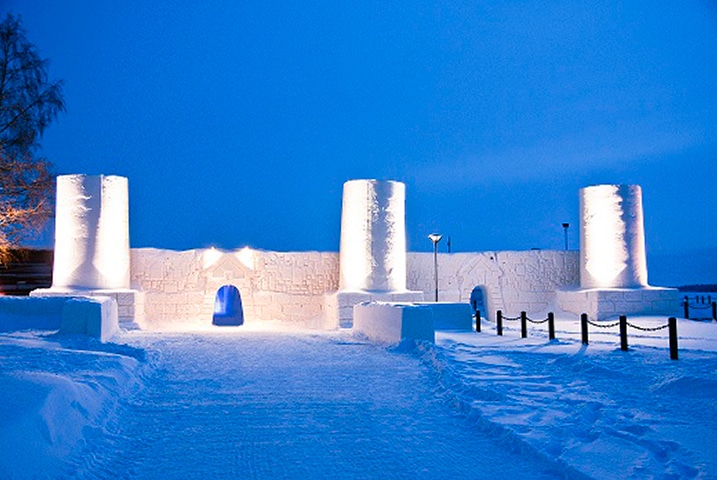
Removed from Unnamed collection
The SnowCastle 
The SnowCastle, a magical winter wonderland, is conveniently located just a short walk from local hotels and the railway station. If you're flying in, it's only a quick 10-minute drive from the airport. Once inside the impressive walls of the SnowCas
Map

Removed from Unnamed collection
Santas Seaside Office 
Santa Claus has set up his official post office in the charming Kemi Inner Harbor! Santa and his merry band of Elves are thrilled to be in Kemi, savoring the crisp sea breeze and the laid-back lifestyle that this delightful city provides. The post of
Map
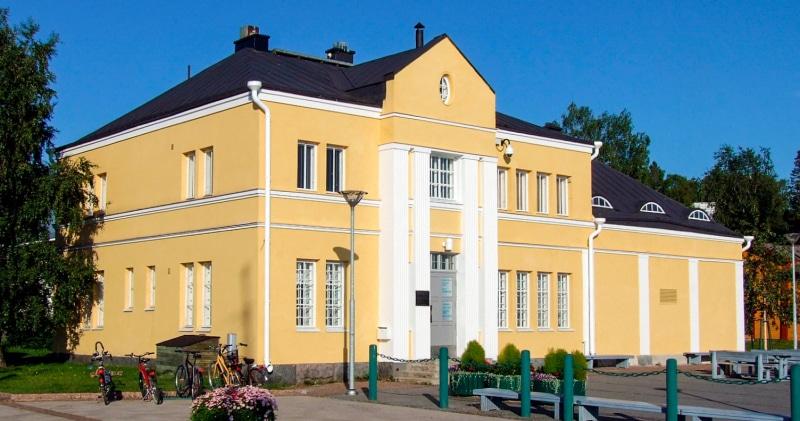
Removed from Unnamed collection
The gemstone gallery 
The gemstone gallery is a treasure trove of dazzling gems and minerals, showcasing a collection as diverse as it is enchanting. Picture this: a striking crown crafted for the King of Finland, echoing the grandeur of the Imperial State Crown of Great
Map

Removed from Unnamed collection
Finnish Air Force Museum 
The museum is a treasure trove of aviation history, showcasing the evolution of the Finnish air force from the early 1900s to the present. You'll find an impressive collection of planes, aircraft engines, and flying gear. The latest addition shines a
Map
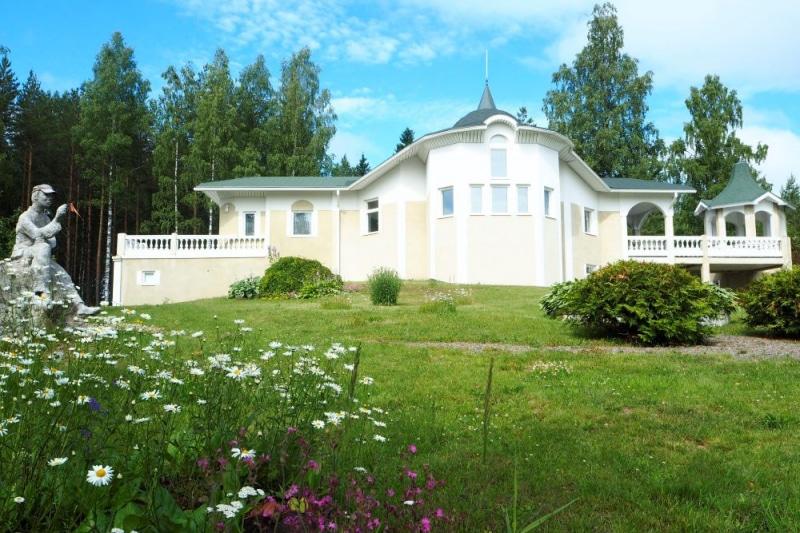
Removed from Unnamed collection
Art Gallery Villi Villa 
Nestled amidst the stunning Finnish lake landscape, just a short 5 km journey from the heart of Rantasalmi, lies the enchanting art gallery Villi Villa. This unique gallery, curated by the talented artist Pentti Ikäheimonen, is a must-visit for anyon
Map
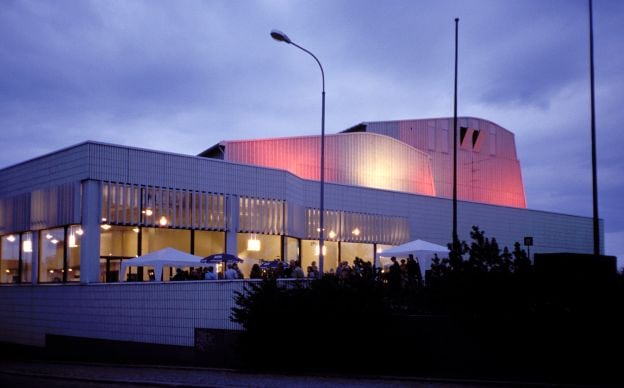
Removed from Unnamed collection
Jyvaeskylae City Theatre 
Jyväskylä is a bustling hub for theater enthusiasts. Known for its lively amateur theater scene, this Finnish city also proudly hosts the Jyväskylä City Theatre alongside several professional companies. When summer rolls around, the city buzzes with
Map

Removed from Unnamed collection
Vesilinna Observation Tower 
Nestled in the heart of the city, the Harju ridge and its iconic Vesilinna observation tower extend a warm welcome to visitors from nearly every direction. Harju is a beloved recreational spot, a serene pine forest oasis offering a refreshing escape
Map

Removed from Unnamed collection
Jyvaskyla Art Museum 
Nestled on Church Park and conveniently close to the bustling pedestrian zone, the Jyväskylä Art Museum's Holvi is a gem for art enthusiasts and curious wanderers alike. It's not just a place to admire art but also a lively hub where people come toge
Map
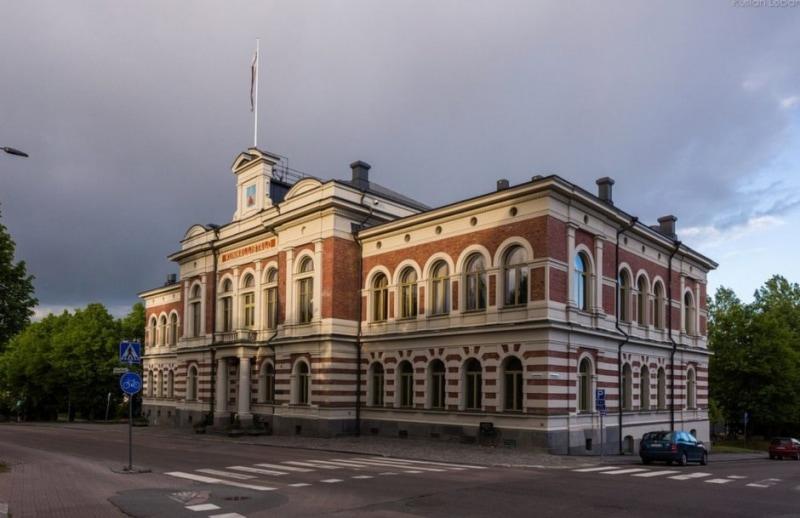
Removed from Unnamed collection
Jyvaskyla City Hall 
Picture yourself strolling through the charming streets of Jyväskylä, a city that gracefully blends history with modernity. Established back in 1837, this Finnish gem owes much of its architectural charm to Carl Ludvig Engel, who originally envisione
Map
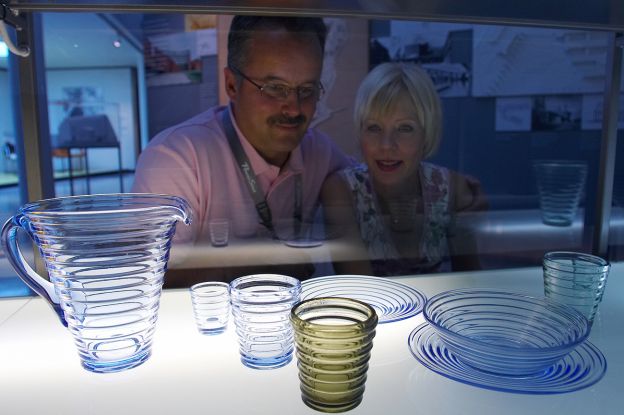
Removed from Unnamed collection
Alvar Aalto Museum 
Explore the fascinating world of Alvar Aalto's creations at the Alvar Aalto Museum. This captivating exhibit not only showcases Aalto's iconic architectural designs but also highlights his elegant glass and furniture pieces. It's a treat to admire th
Map
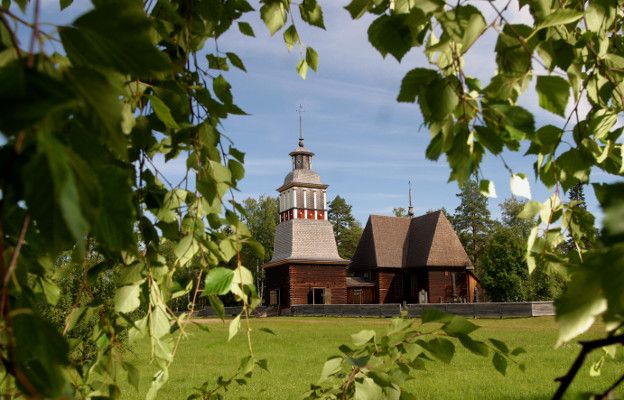
Removed from Unnamed collection
Petaejaevesi Old Church 
Petäjävesi Old Church was welcomed into UNESCO's World Heritage list back in 1994, celebrated as a shining example of northern wooden architecture. It stands as a testament to Scandinavian and Lutheran church design, showcasing the rich and enduring
Map
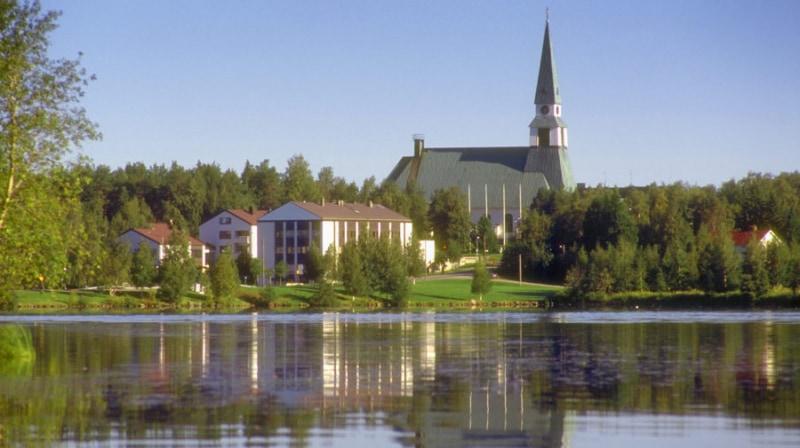
Removed from Unnamed collection
Rovaniemi Church 
Rovaniemi's church, completed in 1950, is a striking architectural gem designed by the talented Bertil Liljequist. Step inside, and you'll be captivated by the massive fresco that commands attention behind the altar. Known as the Source of Life, this
Map
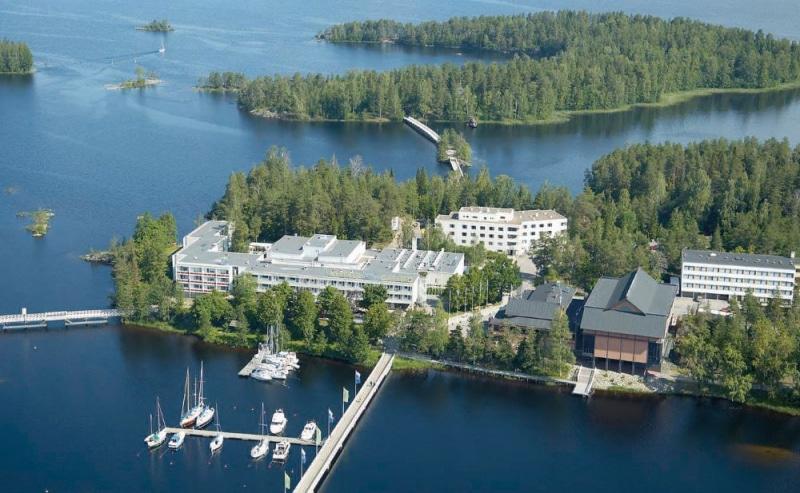
Removed from Unnamed collection
Spahotel Casino 
Nestled on the picturesque Kasino Island, right in the heart of Savonlinna, Spahotel Casino offers an idyllic lakeside escape. This charming hotel complex is more than just a place to stay; it's a haven of relaxation and culture. With a spa, a cozy h
Map
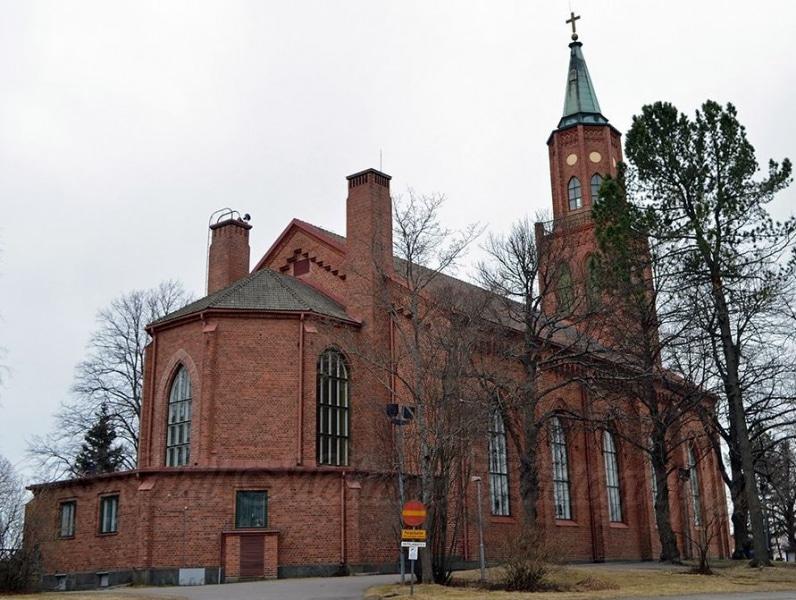
Removed from Unnamed collection
Savonlinna Cathedral 
Savonlinna Cathedral stands as a beacon of history and spirituality in the heart of this charming Finnish town. As the main church of Savonlinna's Evangelical-Lutheran parish, its roots run deep, tracing back to the time when it served as the seat of
Map

Removed from Unnamed collection
Ounasvaara Ski Resort 
Nestled near the heart of Rovaniemi, the Ounasvaara Ski Resort offers an exhilarating escape for both locals and visitors. Imagine gliding down the Northern slopes of Ounasvaara Mountain, where a modern ski resort awaits, buzzing with an internationa
Map
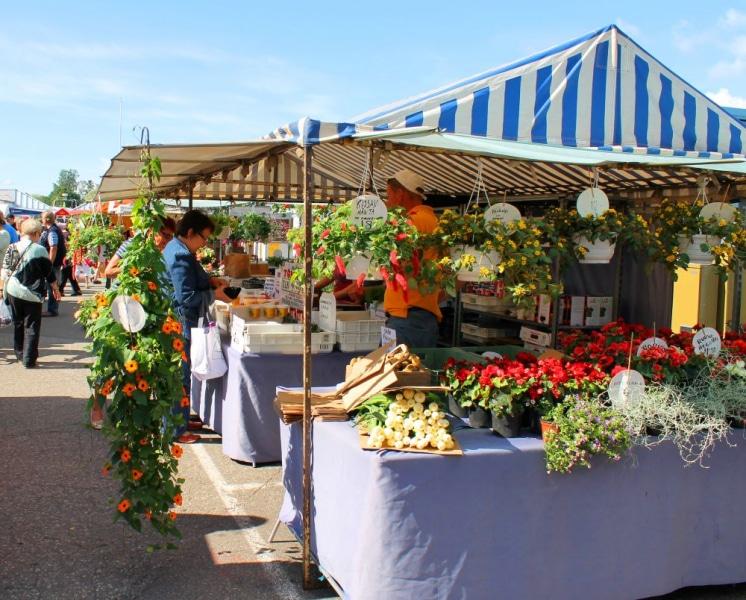
Removed from Unnamed collection
Savonlinna Market Square 
Finland boasts countless market squares, but there's only one that bears the name Savonlinna. Nestled in the bustling summer city, this market square is a gem, surrounded by stunning lake views and perched on the banks of the swift-flowing Haapasalmi
Map
 Alex, Diatomic Tours
Alex, Diatomic Tours 
 Finland
Finland